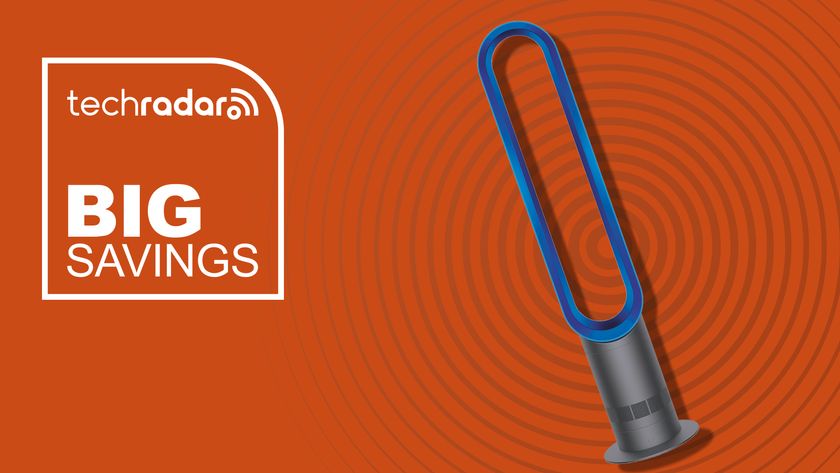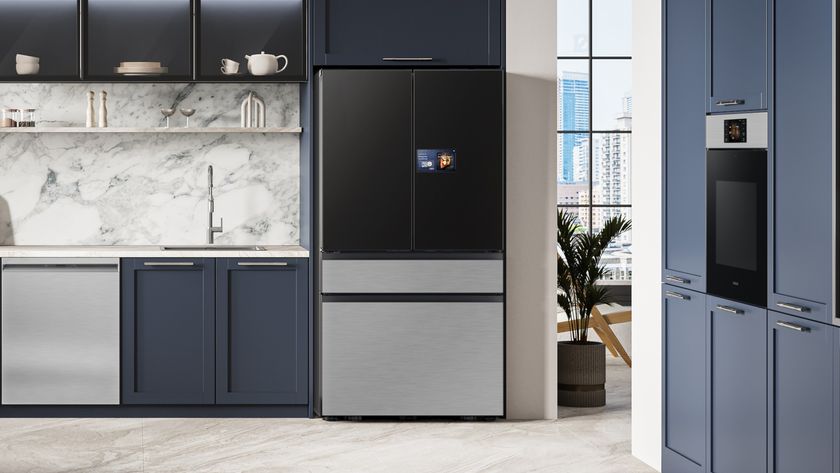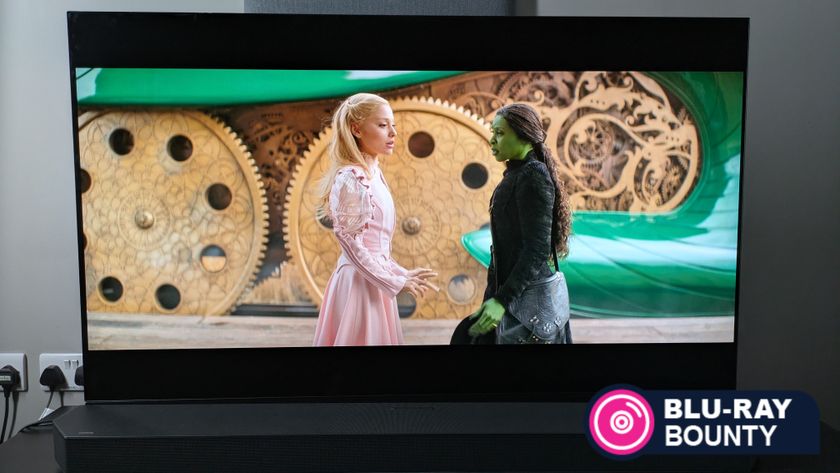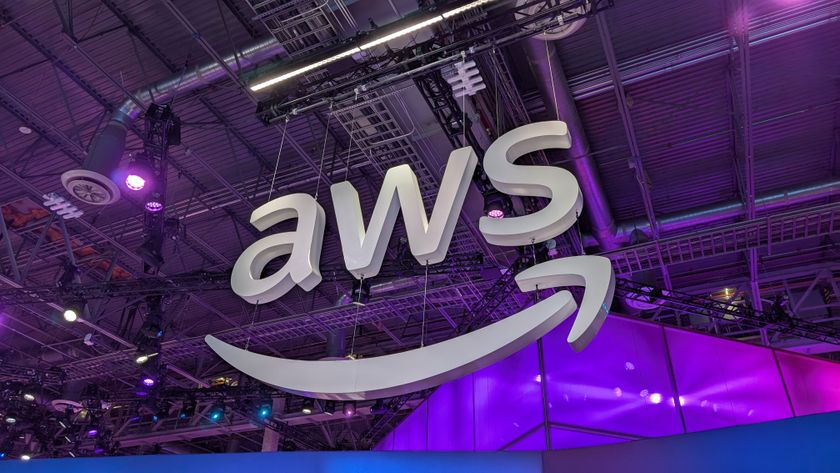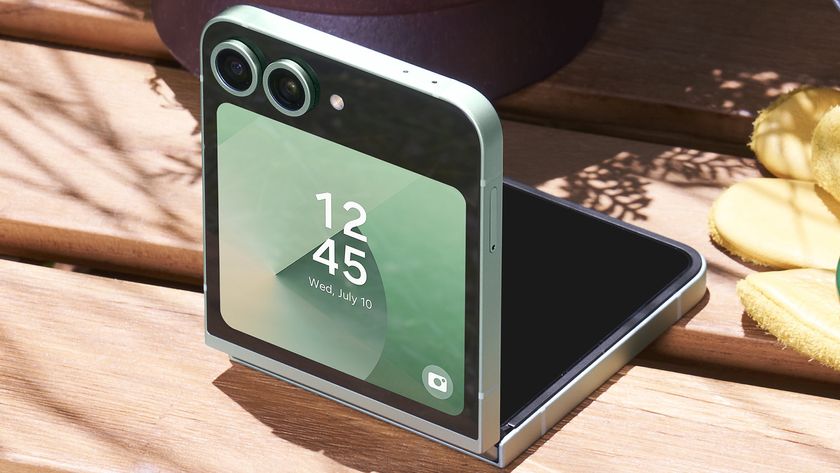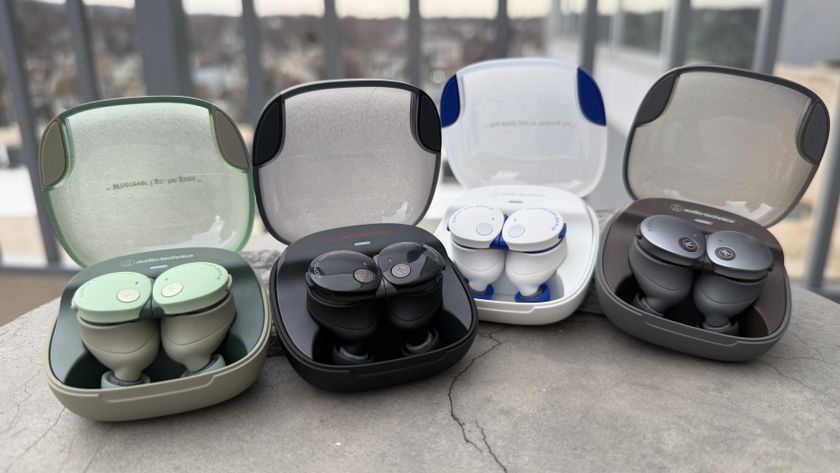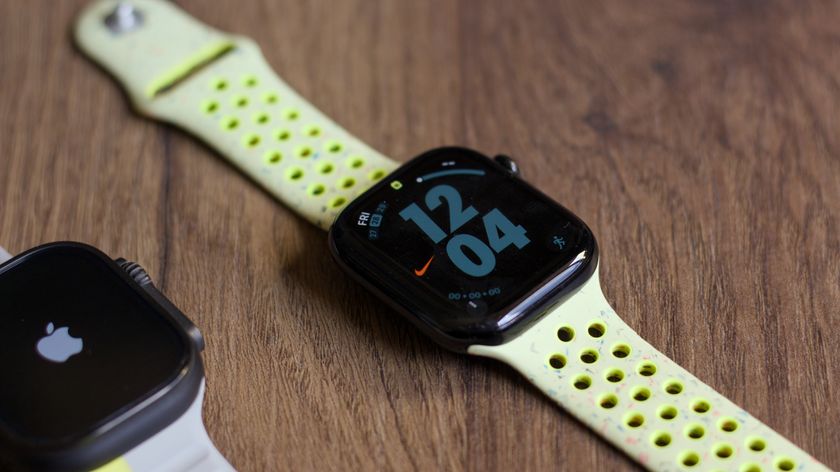Hyper-intelligent home appliances are still some way off, but that doesn't mean connected homes are entirely pointless. However, actually connecting things in such a house can be troublesome.
Until relatively recently, 'connected' meant Ethernet cabling or manufacturer specific wires running around your house, with all the hassle, drilling and expense that entails.
Wi-Fi is a step in the right direction, but even this option isn't ideal: its short range, hefty overhead and susceptibility to interference means that many people's homes have wireless blackspots or desperately slow connections, especially if they're using older Wi-Fi kit.
The good news, however, is that wired networks no longer mean drilling or lifting carpets, and powerline networking (PLN) technology could make connected homes much easier to create.
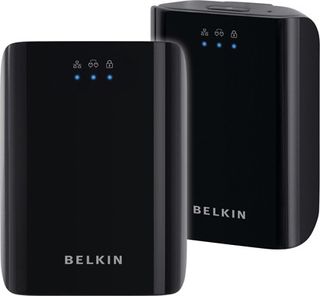
SIMPLE SOLUTION: Powerline networking (PLN) such as HomePlug AV delivers Ethernet speeds via existing electrical wiring
Powerline networking is a simple and very clever idea: it transmits data through your home's electrical circuits. Simply stick a PLN adaptor into a plug socket and you've got an Ethernet port capable of transmitting data at speeds of up to 200Mbps.
To connect a second device, just stick another adaptor into a different plug socket. The bad news is that PLN is a bit of a mess, with several different incompatible technologies competing with one another. It's also quite expensive: a starter kit (two adaptors) costs around £50 to £70 and you'll pay around £50 for each additional adaptor.
Get daily insight, inspiration and deals in your inbox
Sign up for breaking news, reviews, opinion, top tech deals, and more.
There is, however, more good news. The HomeGrid Forum and the International Telecommunication Union (ITU) intend to publish a single home networking standard, called G.hn, later this year. The first G.hn chips should appear in 2010, removing confusion from the market and bringing down the price of PLN hardware.
The G.hn standard will have serious backing – HomeGrid Forum members include Intel, Panasonic, BT and Infineon – and could conceivably replace Wi-Fi as the most popular form of home networking. The combination of powerline networking for static devices and wireless networks for mobile devices means that the kind of home Popular Mechanics described back in 1939 is certainly feasible – but instead of a control centre, we might use Twitter. At least, that's what Andy Stanford-Clark is attempting.
Home tweet home
Stanford-Clark is IBM's 'Master Inventor' and if you follow him on Twitter (his username is @andy_house) then you'll see that he's connected his home to the social-networking site. His Twitter feed tells him and his followers when the lights went on and off, when the phone rang and, most importantly of all, whether the house is demanding "unusually high energy use".
As Stanford-Clark told www.alertme.com, the system takes data from various sensors to monitor energy consumption, enabling him to control his home's energy usage and carbon footprint from anywhere.
The same principle informs Greenbox, a US start-up company whose energy meters tell you exactly where you're using – or wasting – energy and how you can reduce it. The data is aggregated locally, enabling consumers to compare their usage to their neighbours', and similar technology is coming to your house: according to the Energy Retail Association, smart electricity meters will be rolled out to all 25 million UK homes by 2020.
"This is a major technological and social transformation to rank alongside [the] digital switchover and the introduction of North Sea gas to homes in the early 1970s," the ERA says. Such meters won't deliver the ability to turn off the TV via Twitter – at least, not initially – but they will enable utility firms to provide consumption information via mobiles, the web or digital TV.
According to Zigbee, whose powerline networking technology is built into many smart energy meters, "assuming that smart meters are deployed correctly (using well-designed technologies with an understanding of the enormous potential that they bring) smart meters could, for the first time ever, herald a pervasive network infrastructure in homes – one that can be used not only for energy management but also as a command and control of all manner of lifestyle products, security systems and entertainment and communication devices."
Automatic for the people
We don't think that there'll ever be a market for super-intelligent networked toasters or microwave ovens that download recipes from Delia Online. However, it does make sense to connect TVs, digital video recorders, hi-fi systems, digital photo frames, consoles, phones and PCs in order to enable you to access your media from wherever you happen to be – whether you're at home or on the other side of the planet.
It also makes sense for your various devices to display data from the internet or home network whenever you need it, or for you to be able to control those devices when you're away from home, and the combination of home networking and smartphones could easily deliver that.
The connected home is coming – but the fully automated one? Only if there's somewhere to park your jetpacks and your flying car.
